George F. Pinder, Michael A. Celia9780471742432, 0471742430
Table of contents :
SUBSURFACE HYDROLOGY……Page 3
CONTENTS……Page 9
PREFACE……Page 15
1.1 Groundwater Hydrology……Page 17
1.2 Groundwater and the Hydrologic Cycle……Page 18
1.3 Groundwater as a Resource……Page 20
1.4 Groundwater and the Subsurface……Page 21
1.5.1 Soil……Page 23
1.6.2 Secondary Porosity……Page 35
1.7 Soil Water……Page 42
1.8 Groundwater Contamination……Page 43
1.8.1 Naturally Occurring Groundwater Contaminants……Page 44
1.8.2 Anthropogenic Contaminants……Page 48
1.8.3 Superfund……Page 57
1.9 Quantitative Analysis of Groundwater Problems……Page 60
1.9.1 Governing Equations……Page 62
1.9.2 Field Data……Page 63
1.11 Problems……Page 64
Bibliography……Page 66
2.1 Fluid Pressure……Page 68
2.2 Hydraulic Head……Page 72
2.3 Fluid Potential……Page 73
2.4 Concept of Saturation……Page 78
2.5 The Darcy Experiment……Page 86
2.5.1 Extended Forms of Darcy’s Law……Page 101
2.5.2 Example of a Groundwater Flow Velocity Calculation in Two Dimensions……Page 105
2.5.3 Additional Concepts of Fluid Potential……Page 109
2.6 Fluid Flow and Mass and Energy Fluxes……Page 110
2.6.1 Convection, Diffusion, and Dispersion……Page 111
2.6.2 The Phenomena of Adsorption and Retardation……Page 115
2.8 Problems……Page 118
Bibliography……Page 121
3.1.1 Clastic Sedimentary Environment……Page 122
3.1.3 Glacial Environments……Page 129
3.2 Consolidated Rocks……Page 138
3.3 Metamorphic Rocks……Page 141
3.4 Igneous Rocks……Page 143
3.5 Geologic Time……Page 149
3.5.3 Proterozoic Era……Page 150
3.5.4 Paleozoic Era……Page 151
3.5.5 Mesozoic Era……Page 157
3.5.6 Cenozoic Era……Page 161
3.6.1 Near-Surface Investigation……Page 163
3.6.2 Deep Subsurface Investigation……Page 164
3.7 The Hydrogeological Record……Page 167
3.7.1 The Cross Section……Page 168
3.7.2 The Contour Map……Page 173
3.8.1 Water-Level Measurements……Page 174
3.8.2 Solute Concentration Measurements……Page 175
3.9 Summary……Page 176
3.10 Problems……Page 177
Bibliography……Page 178
4.1 Conservation of Fluid Mass……Page 180
4.2 Conservation of Fluid Mass in a Porous Medium……Page 183
4.3.1 The Governing Equation……Page 189
4.3.3 Boundary Conditions……Page 191
4.3.5 Sources and Sinks……Page 193
4.4 The Free-Surface Condition……Page 194
4.5.1 Physical Dimensions of the Model……Page 197
4.5.2 Vertical Integration of the Flow Equation……Page 198
4.5.3 The Free-Surface Condition in the Areal Model……Page 202
4.6 Salt-Water Intrusion……Page 203
4.7 One-Dimensional Formulation……Page 205
4.8 Cylindrical Coordinates……Page 208
4.9 Summary……Page 211
4.10 Problems……Page 212
Bibliography……Page 213
5 ANALYTICAL SOLUTIONS FOR FLOW PROBLEMS……Page 214
5.1.1 Darcy Column Experiments……Page 215
5.1.2 One-Dimensional Regional Flow……Page 219
5.1.3 Flow in Radial Coordinates……Page 222
5.2.1 Graphical Solutions……Page 226
5.2.2 Analytical Solutions in Two Dimensions……Page 234
5.3 Summary……Page 237
Bibliography……Page 238
6.1 The Slug Test……Page 240
6.1.1 Hvorslev Method……Page 242
6.1.2 Cooper–Bredehoeft–Papadopulos Approach……Page 244
6.2 Pumping Tests……Page 248
6.2.1 Thiem Method……Page 249
6.2.2 Theis Method……Page 250
6.2.3 Cooper–Jacob Method……Page 253
6.2.4 Papadopulos–Cooper Method……Page 256
6.2.5 Hantush Leaky Aquitard Method……Page 258
6.2.6 Neuman Method for Unconfined Aquifers……Page 262
6.2.7 Theis Recovery Method……Page 266
6.2.8 Image Well Theory……Page 271
6.4 Problems……Page 276
Bibliography……Page 277
7.1 Introduction to Numerical Method……Page 279
7.2 Polynomial Approximation Theory……Page 280
7.3 Finite-Difference Methods……Page 283
7.3.1 Finite-Difference Representation of the Groundwater Flow Equation……Page 287
7.3.2 Finite-Difference Method in Two Space Dimensions……Page 291
7.4 Finite-Element Methods……Page 294
7.4.1 Galerkin’s Method……Page 295
7.4.2 Two-Dimensional Finite-Element Formulation……Page 299
7.5 Finite-Volume Formulation……Page 305
7.5.1 Two-Dimensional Finite-Volume Formulation……Page 308
7.6 Finite-Element Method and the Transient Flow Equation……Page 312
7.7.1 Introduction to Probability……Page 313
7.7.2 Random Fields……Page 318
7.7.3 The Semivariogram……Page 319
7.7.4 Kriging……Page 321
7.7.5 Solving Problems Involving Random Hydraulic Conductivity Fields……Page 324
7.9 Problems……Page 333
Bibliography……Page 335
8.1 Types of Contaminants……Page 336
8.3 Mass Conservation in a Porous Medium……Page 337
8.3.1 The Dispersion Relationship……Page 341
8.3.2 One-Dimensional Transport……Page 343
8.4 Retardation……Page 346
8.5 Chemical Reactions……Page 350
8.6 Numerical Solution to the Groundwater Transport Equations……Page 352
8.8 Problems……Page 357
Bibliography……Page 358
9.1 Introduction……Page 359
9.2 Fluid Dynamics Near the Stream……Page 362
9.2.1 Bank Storage Effects……Page 363
9.2.2 Influence of Pumping Wells……Page 368
9.2.3 Hydrograph Separation……Page 371
9.3 Chemical Interaction……Page 374
9.4 Summary……Page 379
9.5 Problems……Page 380
Bibliography……Page 381
10.1.1 Inward-Gradient Approach……Page 382
10.1.2 Risk-Based Approach……Page 384
10.2 Soil Vapor Extraction (SVE)……Page 387
10.3 Air Sparing……Page 389
10.4.1 Oxidation–Reduction Reactions……Page 390
10.4.2 Organic Chemistry……Page 393
10.5 Permeable Reactive Barriers……Page 401
10.6.1 The Process……Page 405
10.6.2 Bioremediation as a Remediation Concept……Page 407
10.7.1 Gradient-Constrained Pump-and-Treat Designs……Page 413
10.7.2 Risk-Constrained Pump-and-Treat Designs……Page 416
10.8 Summary……Page 417
Bibliography……Page 418
11 MULTIFLUID FLOW AND TRANSPORT……Page 420
11.1.1 Unsaturated Soils……Page 421
11.1.3 Fluid Components and Groundwater Contamination……Page 422
11.2.1 Mass Balance Equations……Page 423
11.2.2 Darcy’s Law for Multifluid Flow……Page 424
11.2.3 Capillary Pressure and Governing Equations……Page 427
11.2.4 Functional Forms for Relative Permeability and Capillary Pressure……Page 431
11.2.6 Equations for Components Within a Fluid……Page 433
11.2.7 Equations for Components Within the Solid……Page 435
11.2.8 Reactions, Mass Transfer, and Source/Sink Terms……Page 436
11.3.1 Properties of Air and Water and Richards’ Assumption……Page 439
11.3.2 Richards’ Equation for Water Flow……Page 440
11.3.3 Water and Air Dynamics in the Unsaturated Zone……Page 443
11.3.4 Plant Roots and Evapotranspiration……Page 446
11.4.1 Simplified Solutions for Unsaturated Flow……Page 450
11.4.2 Numerical Solution of Richards’ Equation……Page 453
11.4.3 Analytical Solutions for Two-Fluid Flow: The Buckley–Leverett Solution……Page 458
11.4.4 Numerical Solutions for Two-Fluid Systems……Page 464
11.6 Problems……Page 467
Bibliography……Page 468
INDEX……Page 471
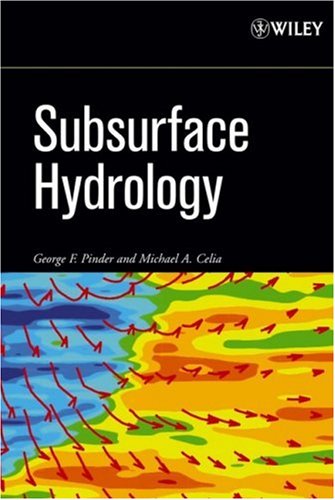
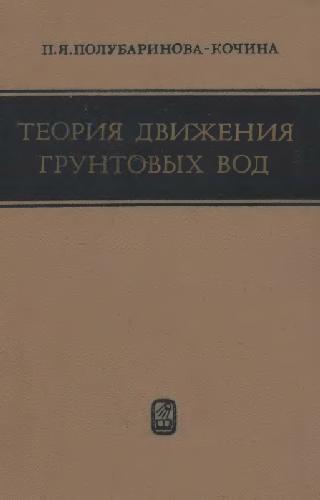
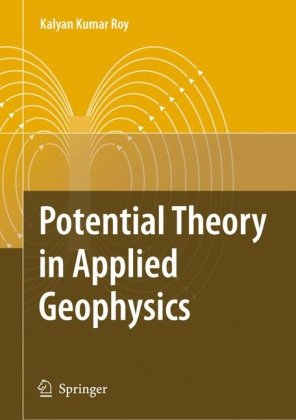
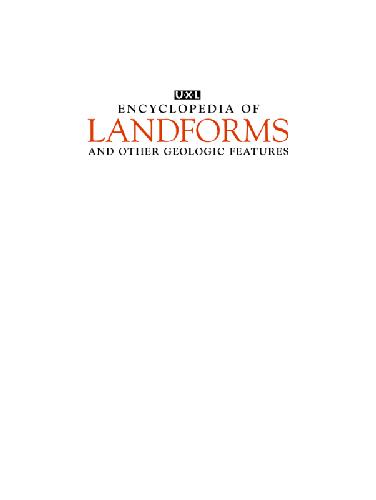
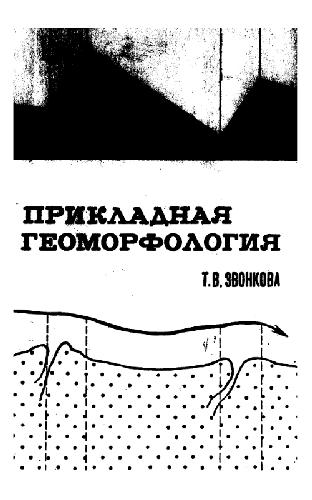
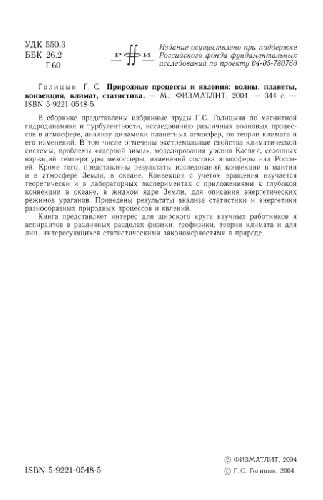
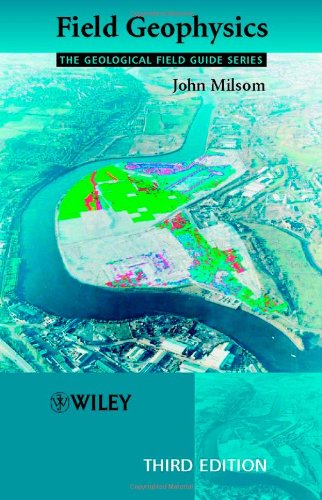
Reviews
There are no reviews yet.